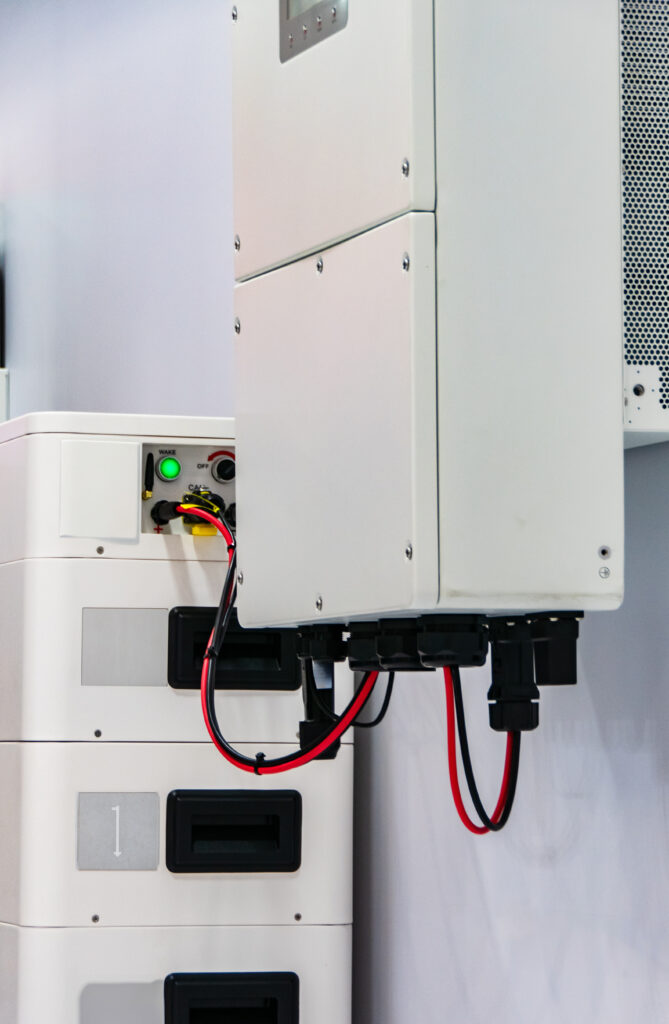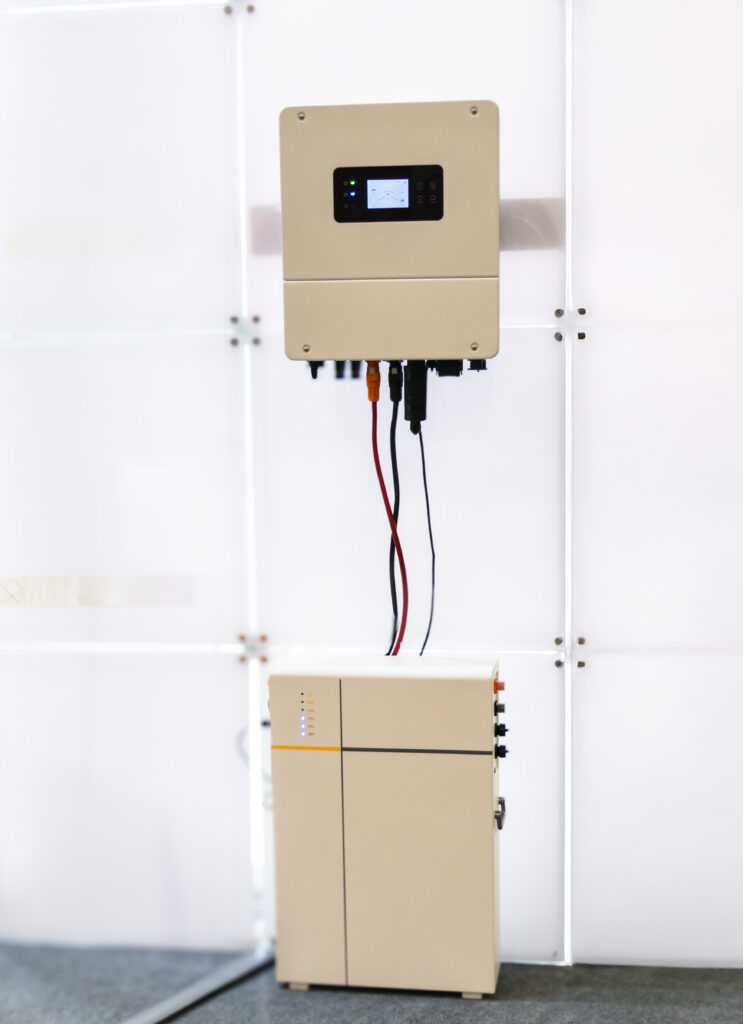


Hybrid solar systems are revolutionizing the way we consume energy by blending traditional grid power with renewable solar energy and efficient battery storage. This combination provides users with greater flexibility, resilience, and cost-effectiveness. One of the most critical features of these systems is their ability to perform automatic switching between energy sources and prioritize energy usage effectively.
This seamless switching and prioritization process enhances the overall efficiency of energy consumption, allowing users to minimize costs and optimize energy usage throughout the day.
Key Components of Hybrid Solar Systems
A hybrid solar system typically consists of:
- Solar Panels: Collect sunlight and convert it into electricity.
- Batteries: Store excess energy generated by solar panels for use when solar production is low.
- Inverters: Convert DC electricity from solar panels into AC electricity used by most household appliances.
- Grid Connection: Provides a backup energy supply and allows for net metering, enabling users to sell excess energy back to the grid.
Automatic Switching Between Energy Sources
Automatic switching refers to the system’s capability to shift energy sources without requiring user intervention. Here’s how it works:
-
Real-Time Monitoring: The system continuously monitors energy levels from solar panels, battery storage, and the grid. It collects data on solar production, battery charge levels, and household energy consumption.
-
Demand Management: The system can also assess which appliances are currently in use and their energy demands. This helps in making smart decisions about which power source to use.
-
Prioritization Logic: The hybrid solar system uses algorithms to determine the best source of energy based on availability and cost. For instance:
- During sunny days, the system will primarily draw energy from the solar panels.
- If solar energy is insufficient, it checks the battery storage. If the battery level is adequate, it will draw from it next.
- In the absence of solar energy and sufficient battery charge, it will automatically switch to the grid.
- Seamless Operation: These transitions happen silently in the background. The user experiences no interruptions in their power supply, ensuring that all essential appliances continue to function smoothly.
Energy Prioritization Explained
Energy prioritization ensures that critical loads are always powered, particularly in the following scenarios:
-
High Priority Loads: Users can define which appliances are essential. For instance, refrigerators, medical equipment, and lighting may be prioritized for uninterrupted power supply.
-
Economic Savings: During peak hours when grid electricity rates are high, the system intelligently chooses to utilize battery power or solar energy first to save on electricity costs.
-
Emergency Backup: If there’s a power outage, the system can automatically switch to battery power, maintaining operation for critical devices until the grid is restored.
-
Customizable Settings: Many systems allow users to customize their energy prioritization settings. For example, homeowners can adjust settings to prioritize charging their electric vehicles during off-peak hours, maximizing savings.
Benefits of Hybrid Solar Systems
Investing in a hybrid solar system offers numerous advantages:
- Cost Efficiency: By utilizing solar energy and reducing reliance on the grid, users can lower their electricity bills significantly.
- Energy Independence: Users have more control over their energy sources, reducing vulnerability to fluctuating grid prices.
- Environmental Impact: By leveraging renewable solar energy, users can significantly decrease their carbon footprint.
- Increased Resilience: In case of outages, having a battery backup ensures that critical loads can still operate, providing peace of mind.
Conclusion
Hybrid solar systems represent a significant advancement in energy technology. Their ability for automatic energy switching and prioritization reflects a user-focused approach that maximizes efficiency and cost savings. As these technologies continue to evolve, they will play an increasingly important role in energy management and sustainability.
For more information and insights into hybrid solar systems and their benefits, feel free to visit Andromeda Energy.
Related Blogs
- The Benefits of Battery Storage for Solar Energy
- How Solar Energy Can Save You Money
- Understanding the Basics of Solar Power
For Further Detail
https://www.renewableenergyworld.com/


Leave a Reply